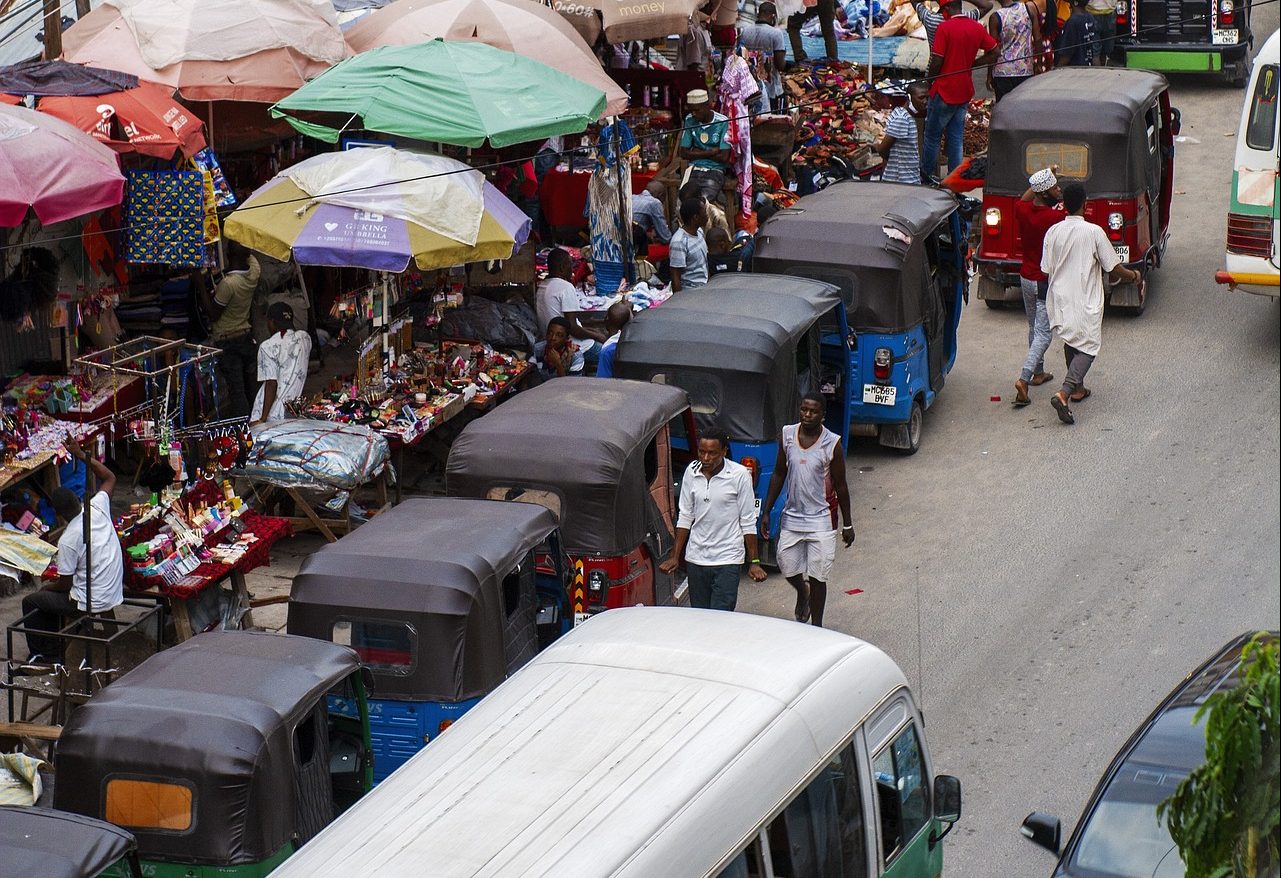
This year’s UN Global Road Safety Week is a call to action to #RethinkMobility to make it safe for those who walk, cycle, and take public transport. Doing so will save lives, especially in those countries where these active modes of transport are already the primary way that people get around. It will also facilitate a modal shift toward cleaner, greener mobility.
In the run up to the campaign, we asked global experts in the fields of walking, cycling, and public transport, what their key ask would be to #RethinkMobility.
“No matter how you travel, everyone begins and ends their day as a pedestrian! Safe walking infrastructure keeps people safe but does so much more. It can encourage uptake of public transport, provide access to jobs, education and beyond. People who walk are also more likely to shop locally than people driving by. Prioritising investment in side walks and crossings as huge potential for safety, the environment, air quality and beyond.“
Carly Patrick, UN Environment Programme
“Speed and density of motor traffic, and a lack of cycling infrastructure are the main barriers to cycling safety and promotion, reduce the first or increase the second, and we can improve cycling safety and promote modal shift to active modes.”
Ceri Woolsgrove, European Cyclists’ Federation
“There is no safety without sustainable mobility, nor sustainable mobility without safety. Public transport should be the backbone of sustainable mobility to move large quantities of people in cities. But, safe and comfortable walking is the essential “glue” of an efficient and effective Public Transport system. Therefore, reducing speeds of motorised private cars and investing on the quality of public space should be top priorities if we want inclusive, prosperous, fair and sustainable cities. To achieve that, sidewalks and street crossings should be wide, comfortable, safe and accessible for everyone.”
Mario Alves, International Federation of Pedestrians
“Even though cities with higher public transport have proven to cut their traffic fatality rate by half, this vital element in making roads safer is currently overlooked in most planning and strategies. We need solid investments to advance public transport and increase its use. This creates safer roads: for our children, for our friends and family.”
Philip Turner, Union Internationale des Transports Publics
“To prioritize safe walking, cycling, and public transport, you need to prioritize spending for their infrastructure and maintenance, ahead of spending on private car travel. Spending on road expansions (which increase vehicle speeds and volumes) inherently reduce the safety of walking and cycling, and should only be done with careful consideration of how to minimize these safety impacts.”
Jacob Mason, Institute for Transportation and Development Policy
“Be bold and make people walking and pedestrian infrastructure a priority investment for all street works for the next decade – and measure impact!”
Bronwen Thornton, Walk21
“As we rethink mobility, using this moment in history to reimagine how we move in the world, we need to put people at the heart of our decision-making. Road safety is a prerequisite to ensuring that people are able to walk, cycle and use public transport, modes that are healthier for people and the planet.”
Etienne Krug, WHO
“To achieve sustainable and inclusive cities, transport is an essential service. We need measures to guarantee a safe commute for women and we need engagement to promote safety in public transport.”
Miriam Bandes Zablah, UN Women